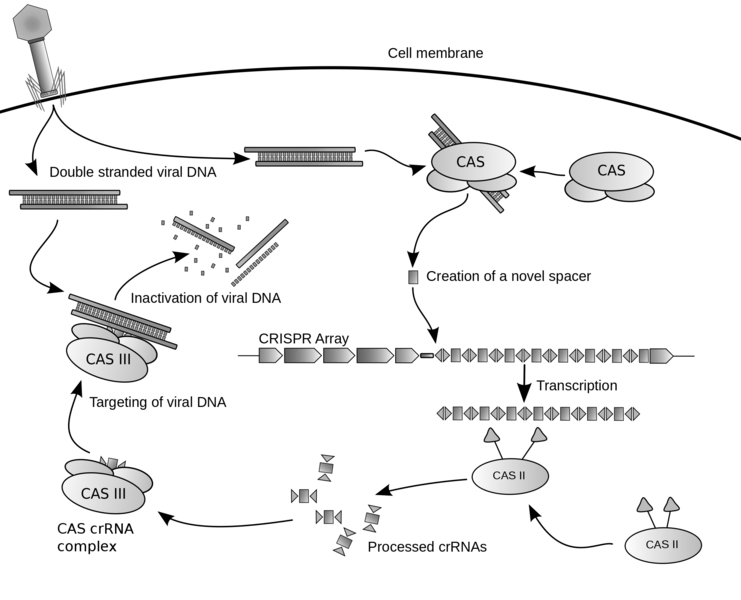Majestic dinosaurs and mammoths on our planet both underwent extinction millions and millions of years ago. The Christmas Island rat? In 1908. De-extinction techniques, also known as resurrection biology, garnered popularity within the science world in the 1990s. The Encyclopedia Britannica defines it as, “the process of resurrecting species that have died out or gone extinct.” Here is how these scientists are attempting to bring back a rat species that you have probably never heard of, and what that can mean for the future.
De-extinction using CRISPR gene-editing
The process of de-extinction with the Christmas Island rat is driven by the method of CRISPR gene-editing, which allows for the genome of organisms to be modified, or edited, meaning that an organism’s DNA can be changed by us humans. This allows for genetic material to be added, removed, or modified at specific locations said genome. The idea behind the de-extinction of an animal through CRISPR gene-editing is to take surviving DNA of an extinct species and compare it to the genome of a closely-related modern species, then use CRISPR to edit the modern species’ genome in the places where it differs from the extinct one. The edited cells can then be used to create an embryo implanted in a surrogate host.
Thomas Gilbert, one of the scientists on the team of this project, says old DNA is like a “book that has gone through a shredder”, while the genome of a modern species is like an intact “reference book” that can be used to piece together the fragments of its degraded counterpart.
What is the difference between a genome and a gene?
Genes, a word you are most likely familiar with, carry the information which determines our traits, or features/characteristics that are passed on to us from our parents. Like chromosomes, genes come in pairs. Each of your parents has two alleles of each of their genes, and each parent passes along just one to make up the genes you have. Genes that are passed on to you determine many of your traits, such as your hair color and skin color. Known dominant traits are dark hair and brown eyes, while known recessive traits are blonde hair and blue or green eyes. If the two alleles that you receive from your parents are the same, you are homozygous for that gene. If the alleles are different, you are heterozygous, but you only express the dominant gene.
Each cell in the human body contains about 25,000 to 35,000 genes, and genes exist in animals and plants as well. Each gene is a small section of DNA within our genomes. That is the link between them, and they are not the same.
Is this possible? Can we really bring back the dead?
See, CRISPR gene-editing itself is of great interest for having shown promising results in terms of human disease prevention and treatment for diseases and single-gene disorders such as cystic fibrosis, hemophilia, and sickle cell disease, and shows promise for more complicated illnesses such as cancer, HIV infection, and mental illness–not so much with de-extinction. Here’s a simple diagram displaying the process.
In this scenario, it is not looking very likely that these rats can come back. Gilbert and his team of 11 other scientists, through extensive processes and attention to small-detail, have in total reconstructed 95% of the Christmas Island rat genome. While 95% may be an A on a test, in regards to genomes, that 5% is crucial. In this case, the missing 5% is linked to the control of smell and immunity, meaning that if we were to bring this animal back, it would lose key functionality. Gilbert says 100% accuracy in genome reconstructing of this species is “never” going to happen.
The success of de-extinction is quite controversial in itself. Restoring extinct species can mean an increase in biodiversity and helping out our ecosystems which are suffering greatly from climate change. However, research also suggests it can result in biodiversity loss through possibly creating invasive species (yes, I wrote this) or for other reasons.
While the science is interesting, the reality of the unlikeliness of de-extinction becoming a normal and official process is kind of dream-crushing. Who knows, maybe as technology advances, hopefully, we can make all of this happen without harmful side effects, aid our ailing ecosystems, and visit some mammoths on a safari vacation!







Leave a Reply